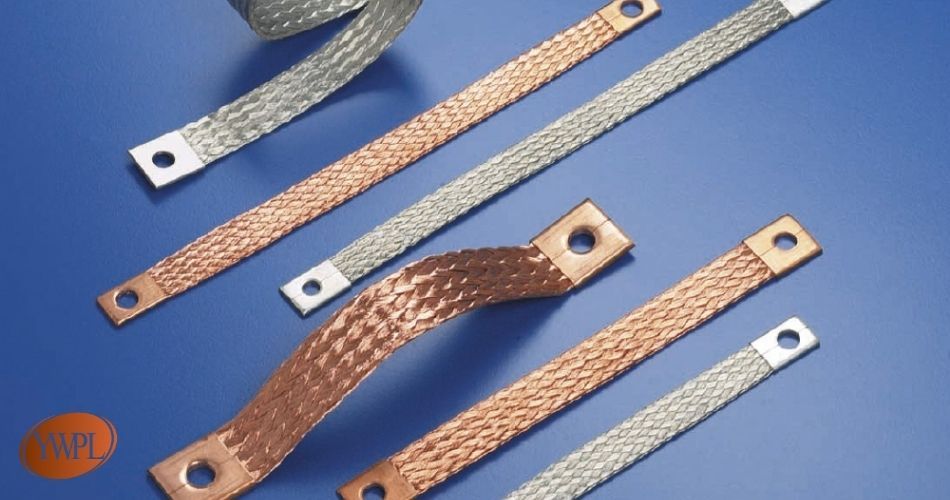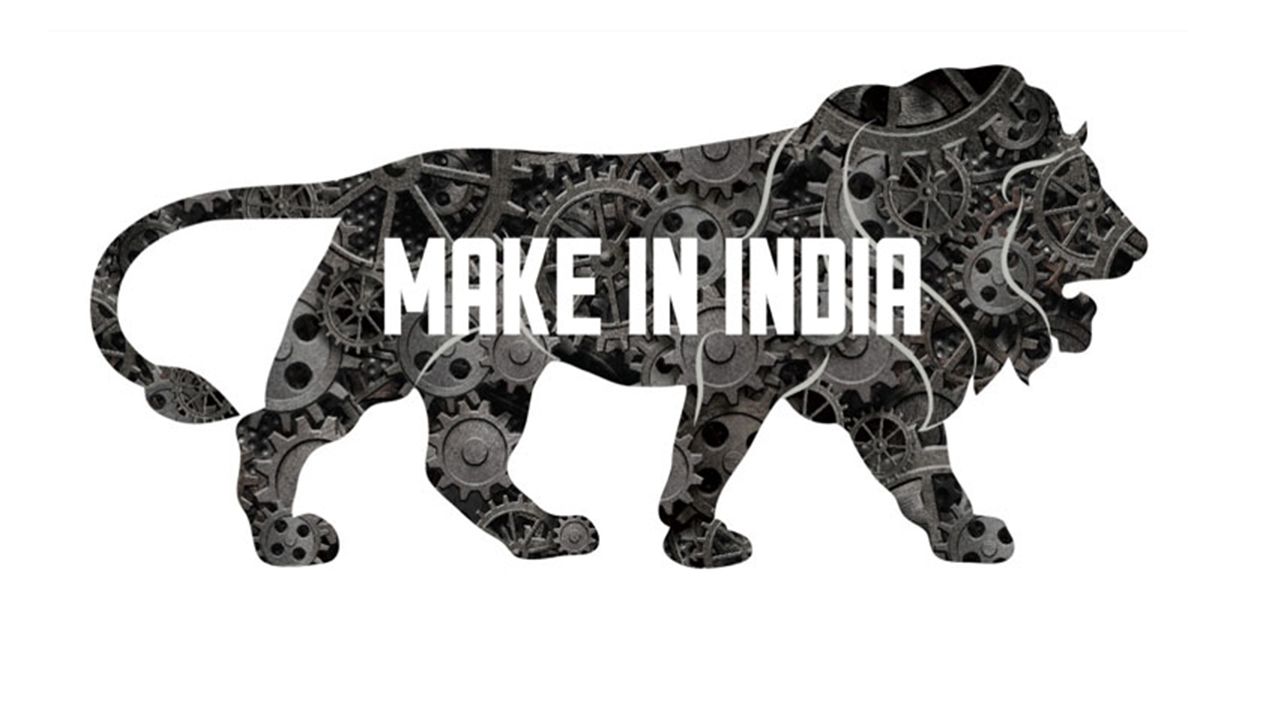Resistance Welded Copper Flexible & Components
Yeshwant Wires is recognized as one of the foremost Resistance Welded Copper Flexible & Components manufacturers in India, offering an extensive range of high-performance copper assemblies that are meticulously engineered to provide exceptional electrical conductivity, mechanical strength, and long-term reliability. Our components are manufactured using 99.99% pure electrolytic grade copper and advanced resistance welding technology to ensure minimal electrical resistance and superior thermal performance.
Available in bare, tinned, or silver-plated finishes with customized sizes and configurations, these components deliver exceptional flexibility, low resistance, high current capacity, and corrosion resistance. They comply with IS 8130, IEC 60228, and ASTM B3 standards and are ideal for switchgear, transformers, busbars, grounding systems, battery banks, and heavy-duty machinery.

Description
Resistance Welded Copper Flexible Components are assemblies where multiple strands of fine copper, often braided or woven into flat or round forms, are joined using precision resistance welding techniques. This welding method ensures a strong mechanical bond between the copper strands while maintaining low electrical resistance, which is critical for high-current applications. These components provide excellent flexibility, making them ideal for dynamic environments where electrical connections must endure movement, vibration, and thermal expansion without compromising performance.
These components are extensively used in power distribution panels, industrial machinery, renewable energy systems, earthing solutions, switchgear, transformers, and battery banks where flexibility, high current-carrying capacity, and mechanical reliability are paramount for operational excellence and long-term performance.
Key Features & Advantages
- Superior Electrical Conductivity: Constructed from 99.99% electrolytic-grade copper, ensuring minimal power loss and efficient energy transfer.
- Precision Resistance Welding: Every joint is welded under strict parameters to maintain low resistance and prevent overheating.
- High Flexibility and Durability: Designed to endure repeated bending, vibration, and mechanical stress without affecting conductivity.
- Customizable Design: Available in various thicknesses, lengths, widths, and finishes for seamless integration.
- Corrosion and Oxidation Resistant: Optional tinned or silver-plated finishes protect against environmental degradation.
- Industrial Grade Quality: Manufactured for high-current applications including switchgear, transformers, and renewable energy systems.
Technical Specifications
| Property | Specification | Significance |
|---|---|---|
| Conductor Material | High-Purity Electrolytic Copper Foil (Cu-ETP), typically 0.1 mm to 0.3 mm thick. | Copper foil offers the best blend of conductivity and flexibility. The thinness of the foil layers is essential for achieving the required bending radius and high-cycle fatigue resistance. |
| Construction Type | Multiple layers of copper foil are stacked and then compression welded (diffusion or resistance welded) at the terminal ends. | Welding (rather than riveting or bolting) creates a solid, homogeneous, gas-tight terminal block with negligible resistance, preventing hot spots and corrosion at the connection points. |
| Terminal Connection | Solid, welded copper block, pre-punched with bolt holes (e.g., M6, M8, M10) for direct bolting to rigid busbars or terminals. | Provides a highly reliable, low-resistance connection comparable to a solid busbar, ensuring maximum current transfer efficiency into the flexible section. |
| Flexible Section | Individual, unbonded copper foil strips running in parallel between the welded ends. | Allows the busbar to flex and twist freely. The unbonded layers slide past each other during movement, drastically reducing internal stress and increasing the component's service life in dynamic applications. |
| Insulation/Sheath | Typically insulated with a heavy-duty, heat-shrink tube (PVC, Silicone, or Polyolefin) post-welding. | Provides necessary dielectric isolation, mechanical protection, and flame retardation. The insulation often extends right over the welded terminal for complete protection, except for the contact surface. |
| Current Rating (Ampacity) | Very high, rated for short-circuit currents and continuous DC/AC loads up to several thousand amps. | Used in the main power paths of high-current systems (e.g., switchgear, furnaces, welding), where their low resistance and excellent heat dissipation are critical. |
| Key Function | Compensating for misalignment, vibration dampening, and expansion/contraction joints in high-current busbar systems. | Essential for systems where rigid busbars cannot be perfectly aligned or where movement (thermal or mechanical) needs to be absorbed safely without damaging connections. |
| Operating Temperature | Typically up to +105°C for standard PVC insulation, or up to +180°C to +200°C for Silicone insulation options. | The high rating accommodates the heat generated in high-current applications and allows for use in hot environments like furnace controls or engine compartments. |
Applications
Resistance Welded Copper Flexible Components are widely used in switchgear panels, busbars, industrial machinery, transformers, battery banks, welding equipment, renewable energy installations, and grounding/earthing systems. The precision and reliability of these components make them suitable for both high-voltage and low-voltage installations, ensuring seamless performance in critical power and industrial applications where flexibility and conductivity are essential.
Manufacturing & Quality Assurance
At Yeshwant Wires, every resistance welded copper component is produced using advanced resistance welding equipment and precision manufacturing processes for reliability. Components undergo stringent testing for tensile strength, electrical conductivity, flexibility, corrosion resistance, and mechanical strength under ISO certified quality systems.
Why Choose Yeshwant Wires?
- Leading Resistance Welded Copper Flexible & Components Manufacturer in India.
- High-purity copper with custom solutions tailored to specific industrial requirements.
- Products engineered for high current-carrying capacity, low resistance, and long-term reliability.
- Competitive prices with timely delivery across India and international markets.
- Trusted supplier for power, electrical, industrial, and renewable energy sectors.
Industries We Serve
We supply Resistance Welded Copper Flexible Components to diverse industries such as electrical, power generation, renewable energy, industrial automation, manufacturing, and heavy equipment sectors. Our solutions are tailored for high performance, safety, reliability, and compliance with international electrical standards.

